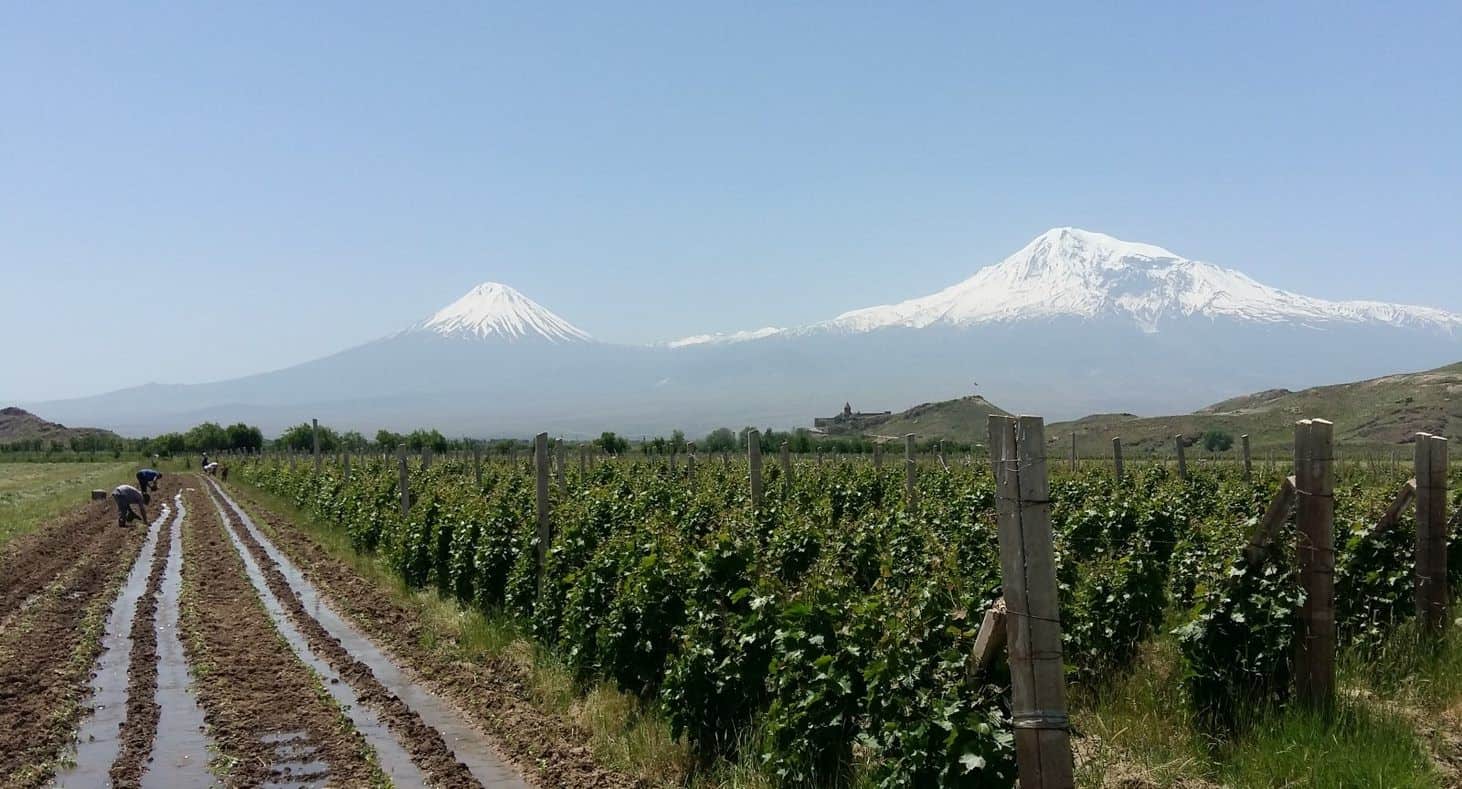
Water Security: Issues and Opportunities
Editor’s Note: This ME&A article is republished from Devex Global Views.
The signs are unmistakable. An intense drought grips Madagascar, and unprecedented droughts are affecting many other parts of the world. Devastating fires rage in Siberia, Turkey, and Algeria. The Atlantic hurricane season is also active and again predicted to be above average relative to the latest climate record. It is past time to address the threats of climate change, which is intertwined with the issues of water, food security, poverty, and hunger.
Today, some 4 billion people experience severe water scarcity during at least one month of the year. Climate change threatens to rapidly worsen this predicament. A recent Intergovernmental Panel on Climate Change report found that global temperatures are expected to increase by 1.5 degrees Celsius by 2040. Decreased precipitation and changes in runoff and river flows are anticipated, which increase the frequency, duration, and severity of droughts, putting millions of people at risk of displacement in the years ahead.
Water is fundamental to people’s lives. Nobody can live anywhere without it. Its quality and availability are linked to agriculture and food production, income generation, and human health and well-being. Its management depends on local, national, and international governance systems and transboundary cooperation among countries.
The Water Security Challenges We Face Today
1. Competition over transboundary basins. Transboundary basins account for nearly two-thirds of freshwater resources globally, making competition over dwindling water supplies a potential source of conflict between countries. Climate change impacts — in conjunction with the demands generated by population and economic growth — increase the need for an integrated “win-win” approach to transboundary water management.
Unfortunately, only a few effective agreements regulating access and management of transboundary water basins exist. Armenia and Turkey’s joint, equitable management of the river known as the Akhuryan or the Arpachay is one such example. Both nations share a dam and they cooperate on water management at the local level.
2. Unmanaged groundwater extraction. Approximately 2 billion people depend on groundwater as their primary source of fresh water, and a majority of the water drawn from aquifers is used to produce the world’s food supply. Unmanaged groundwater extraction outpaces the development of governance frameworks needed to regulate it, resulting in problems with allocation, depletion, and quality impairment.
3. Increasing competition for limited water resources. Farming accounts for, on average, 70% of freshwater withdrawals and generates much of the employment in low- and middle-income countries. As populations grow, even more water for drinking and irrigation will be needed to maintain countries’ food security. This will increase challenges around water governance and managing multiple interests.
How to Move Forward
The problems the water sector faces are daunting, and business as usual won’t be sufficient in overcoming them. In fact, the World Bank estimates that $114 billion will be required annually to achieve universal access to safely managed water and sanitation services by the end of the decade, and funds from public sector donors are projected to cover less than a quarter of that amount. Access to clean drinking water and sanitation for most of the world thus depends on substantial increases in private sector and municipal investment.
Fortunately, progress is being made. U.S. Agency for International Development-funded programs such as Tetra Tech’s Water, Sanitation and Hygiene Finance — or WASH-FIN — are helping bridge the financing gap for infrastructure investment by developing and replicating commercially viable business models, establishing clear regulatory and governance structures, and increasing access to finance for improved and expanded WASH service delivery.
The U.S. government is also implementing a Global Water Strategy that seeks to expand access to sustainable and safe drinking water and sanitation services, strengthen water governance and financing, protect freshwater resources, and promote cooperation on shared waters.
Regional approaches are another source of development innovation and progress in water management. Although regional cooperation has proved difficult, regional approaches strengthen capacity and build partnerships and networks, promoting trust, confidence, and understanding of shared challenges. They also help foster the development and sharing of innovations and lessons learned.
For example, Water and Energy for Food’s regional innovation hubs support innovators with technical assistance, direct funding, and investment-matching services to introduce water-energy-food innovations.
Reuse of domestic and industrial wastewater also can help increase water availability as demand eventually outstrips supply in many countries. Recycled wastewater is particularly attractive as a potential source of water for agriculture. Although unregulated use of treated wastewater is discouraged, promising innovations in wastewater treatment are increasing supplies of high-quality effluent, which is a valuable resource for meeting agricultural and other nonpotable water demands.
An example is the USAID-funded Advanced Science & Partnerships for Integrated Resource Development Project, led by ME&A. It is piloting the use of recycled discharge water from fish farms for irrigation in Armenia’s Ararat Valley. This innovation has enormous potential for increasing agricultural productivity in areas where an industry using and discharging water competes with agriculture for limited groundwater reserves.
Lastly, desalination holds promise for reducing freshwater scarcity. The technique is widely used around the world for the production of freshwater. But desalination plants are relatively expensive to build and operate, even as these costs go down over time. A cheaper option worth exploring more widely is brackish water desalination. Brackish water is less salty than seawater, so it requires less energy to desalinate and therefore the process is less costly.
Research carried out by Massachusetts Institute of Technology indicates brackish groundwater is a substantial untapped resource for many water-limited parts of the world. Taking advantage of this resource, USAID has funded the construction of a large brackish water desalination plant in the Jordan Valley to augment the water supply for Amman, Jordan.
As the inexorable impacts of climate change, population growth, and urbanization continue to mount, many countries will confront water challenges that threaten human health, economic growth, and food security. The journey ahead will be fraught with challenges. Innovative approaches are needed to enhance governance and scale up the technological transformations and innovations necessary for affordable, safe, and secure water.
- About the Author
- Latest Posts
John O. Wilson, Ph.D., is an experienced environmental professional, coalition builder, and project manager. Dr. Wilson is currently a senior consultant for ME&A on environment and climate change. Previously, he served as senior environmental officer at USAID tackling a wide range of environmental, resource conservation, climate change, and water challenges confronting Latin America, Asia, the Middle East, and North Africa.



